How to process fine machine-made sand?
Machine-made sand is formed by crushing, screening and other processing processes of sand and gravel raw materials. The crushing process is different, and the quality of the processed sand is also different. High-quality sand refers to the fineness modulus of sand and gravel between 2.6 and 3.0, the content of stone powder between 3% and 8%, and the cumulative sieve residue of 1, 3, 6, 8, and 9, and needle flakes <8%. Rock particles with technical indicators such as water content of 3% to 5%.
Advantages of machine-made sand compared to natural sand
1. The content of stone powder is low
The powder content of machine-made sand and the mud content of natural sand should be distinguished.
The mud content of natural sand means that the particle size is less than 0.075mm, it is composed of viscous clay particles, the plasticity index is large, and it has no connection effect with the crystalline stone after cement hydration, so the mud content of natural sand is directly The composition that affects the strength of concrete.
The powder content of machine-made sand is the finely ground rock powder less than 0.075mm. It cannot react with cement by hydration, but it can have an excellent connection with cement crystalline stone and play the filling effect of micro-aggregates in the internal layout. .
In fact, if the powder content of machine-made sand does not exceed 20%, it will have no adverse effect on the coagulation time and strength development of concrete, and it has a good effect on the workability, pumpability and strength of the added concrete mixture. Better performance.
2. Simple structure
Artificial sand is generally artificially selected raw materials, the material is uniform and stable, the mineral composition and chemical composition are consistent with the raw materials, and it is not as complicated as natural sand.
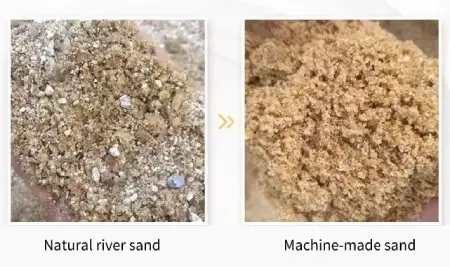
3. The fineness modulus is adjustable
Generally, natural sand, one kind of fineness modulus, can have various gradations. The fineness modulus of machine-made sand can be controlled artificially through the production process, and the production can be organized according to user requirements, which cannot be achieved by natural sand.
4. Strong adhesion and compression resistance
The particle size of machine-made sand is irregular. When using cement and other structures to bond, it tends to have better adhesion, more compression resistance, and longer service life.
To sum up, machine-made sand not only has a wide range of sources, stable materials, easy operation and control, good performance, can meet the needs of construction, and is economical and feasible, it is the development direction of the future construction market, and it is also very beneficial to the protection of the natural environment.
High-quality machine-made sand processing technology
First of all, the selection of raw materials is relatively strict. Generally, materials such as river pebbles, granite, and limestone are selected, and the soil indicated by these raw materials needs to be cleaned before processing.
In addition, in the production of high-quality machine-made sand, the selection principle of the process is "more breaking and less grinding", so that the material can be broken according to its own texture surface, and the grain shape is smooth and angular. The process flow is roughly as follows:
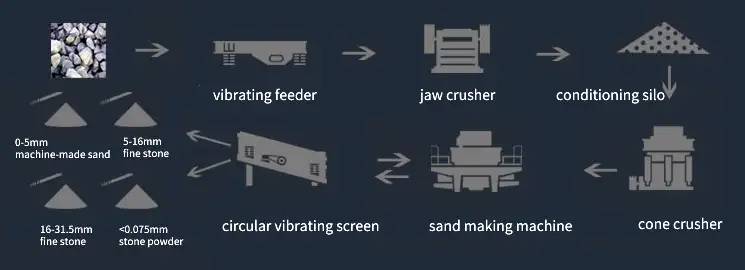
Raw material → vibrating feeder → jaw crusher (coarse crushing) → impact crusher/cone crusher (medium and fine crushing) → vibrating screen → sand making machine (shaping sand making) → vibrating screen → sand washing machine → boutique sand.
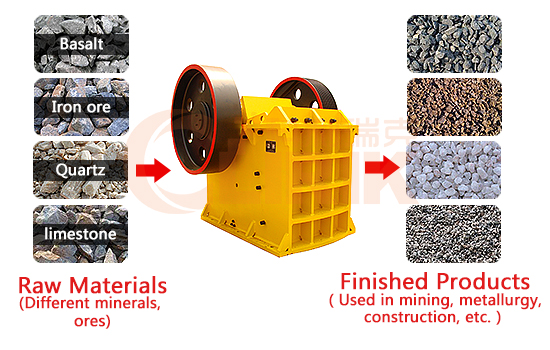
JAW CRUSHER
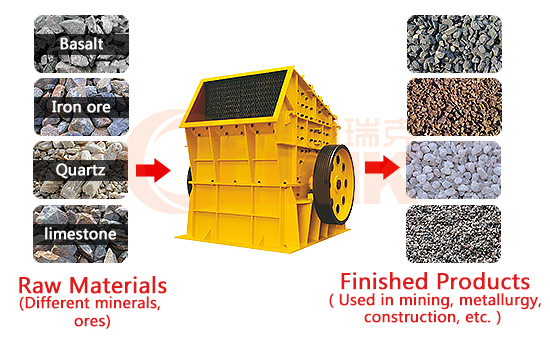
IMPACT CRUSHER
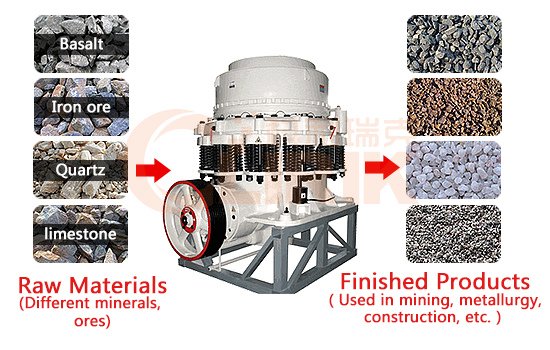
CONE CRUSHER
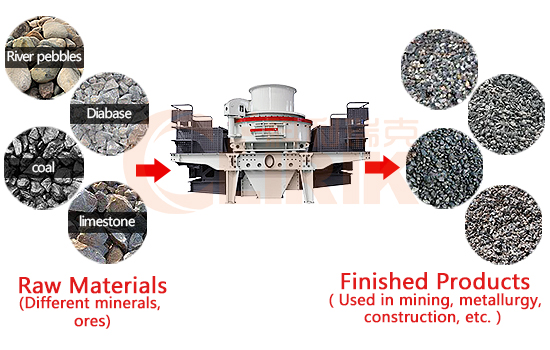
SAND MAKING MACHINE
When selecting the equipment required in each of the above stages, not only the quality of the equipment itself, but also the matching of equipment models should be paid attention to.
CLIRIK produces a wide variety of fine sand process equipment with various configurations, and the finished sand and gravel products produced have good grain shape, uniform grain size, less needle flake content, and reasonable gradation, which conforms to the standards of construction materials.
